Sculptures
Ernst Barlach
(1870 Wedel – Rostock 1938)
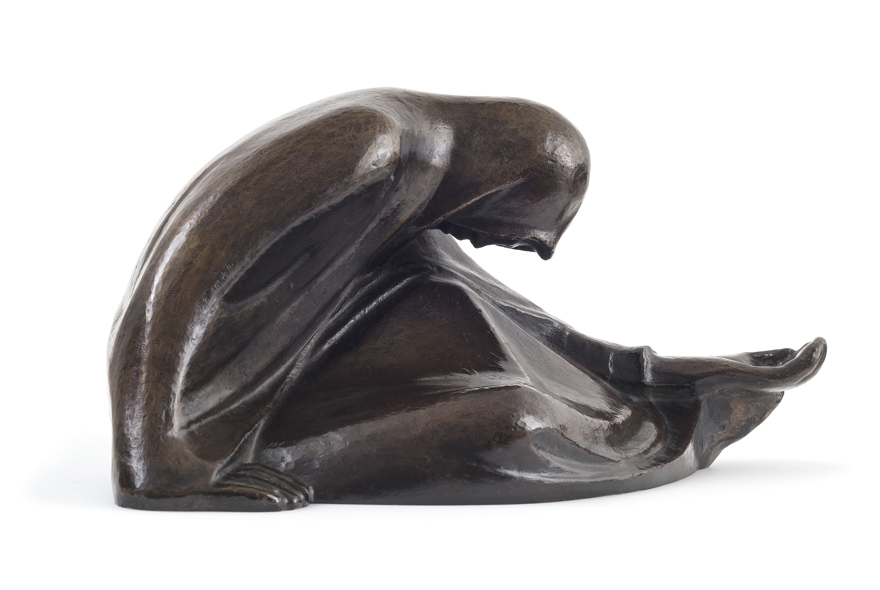 According to Ernst Barlach beggars symbolize the „human situation in its bareness between heaven and earth“. They became a significant subject in his art during a longer stay in Russia in 1906. His depictions of beggars reflect his empathy for those having a hard lot in life.
According to Ernst Barlach beggars symbolize the „human situation in its bareness between heaven and earth“. They became a significant subject in his art during a longer stay in Russia in 1906. His depictions of beggars reflect his empathy for those having a hard lot in life.
Since 1908, Barlach had been under contract to Paul Cassirer. During the Nazi regime he was outlawed: His works were removed from public space, his plays withdrawn from the theater programs. In 1937, 381 of his works were confiscated as “degenerate art” from private and public collections, destroyed or sold in foreign currency. Barlach died in 1938 from a heart attack.
Bruno Cappelletti
(1945 – 2014 Sopramonte di Trento/Italy)
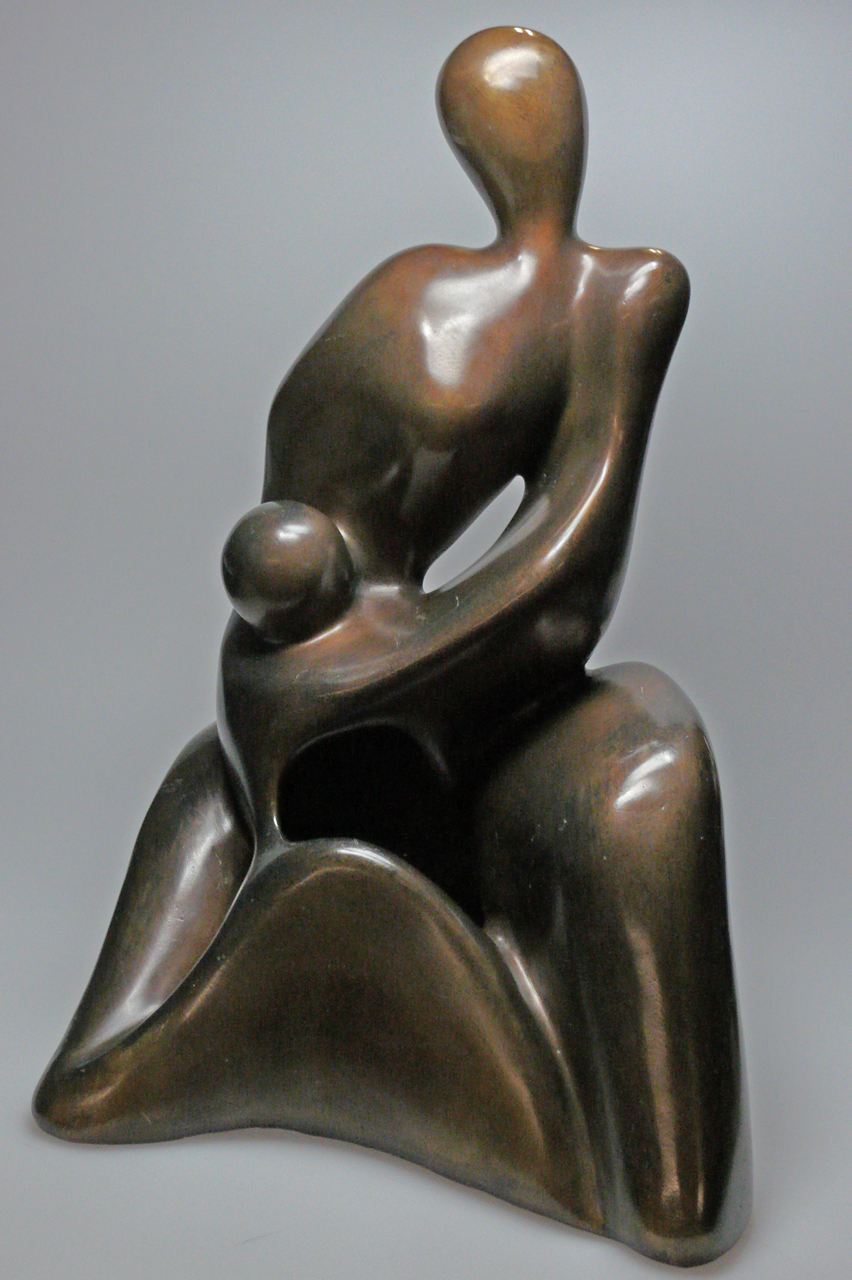 Besides bronze, Cappelletti foremost expresses his passion for art in the material of wood (preferably root wood, mostly pine-tree) and concrete. By combining these, he gives his works a unique style. His wood and concrete carvings explore subjects of life and existence: nature, mankind, love, femaleness and motherhood. Root wood, the essential part of the plant and the source of its life, influences the process of creativity and predetermines the shape of the scupture. Cappelletti sees his artistic achievement in “bringing something to the surface that has been hidden underneath”. He emphasizes the characteristic features of wood in its natural beauty and power without violating its natural origin. Nearly all of his sculptures are human-like, often life-size figures leaving space for emotion and contemplation.
Besides bronze, Cappelletti foremost expresses his passion for art in the material of wood (preferably root wood, mostly pine-tree) and concrete. By combining these, he gives his works a unique style. His wood and concrete carvings explore subjects of life and existence: nature, mankind, love, femaleness and motherhood. Root wood, the essential part of the plant and the source of its life, influences the process of creativity and predetermines the shape of the scupture. Cappelletti sees his artistic achievement in “bringing something to the surface that has been hidden underneath”. He emphasizes the characteristic features of wood in its natural beauty and power without violating its natural origin. Nearly all of his sculptures are human-like, often life-size figures leaving space for emotion and contemplation.
Baldur Geipel
(*1933 in Reichenbach/Vogtland)
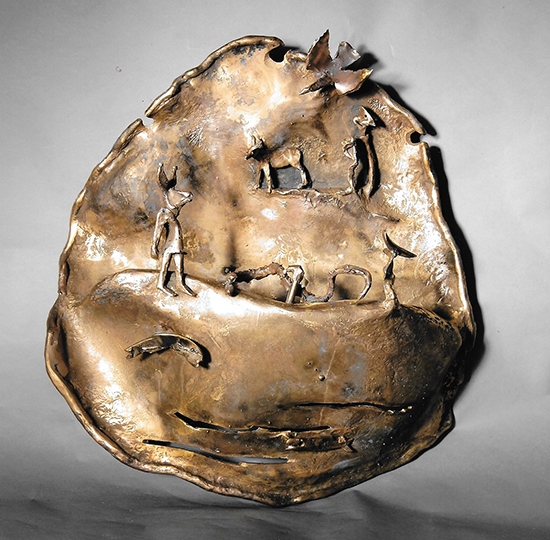 Including drawings, etchings and sculptures in bronze and wood, Baldur Geipel’s artistic oeuvre reveals a wide range of techniques. Geipel draws his inspiration from various sources, particularly the human being, animals and nature. The artist not only oscillates between figuration and abstraction in his complex sculptural works, but he also explores issues of space, form and the surface, thereby offering new perspectives.
Including drawings, etchings and sculptures in bronze and wood, Baldur Geipel’s artistic oeuvre reveals a wide range of techniques. Geipel draws his inspiration from various sources, particularly the human being, animals and nature. The artist not only oscillates between figuration and abstraction in his complex sculptural works, but he also explores issues of space, form and the surface, thereby offering new perspectives.
Trained as a wood carver in Hans Schwaighofer’s class at the University of Applied Science (Fachhochschule) in Oberammergau, Bavaria, Baldur Geipel studied from 1953 to 1959 at the Academy of Fine Arts Munich under Josef Henselmann. Since his graduation Geipel has extensively exhibited his work, e.g. several times at Haus der Kunst, Munich, and – as a solo show in 2012 – at the Munich House of Artists (Münchner Künstlerhaus). He furthermore realized several projects in public space, such as the Way of the Cross at the Church of St. Boniface in Warmensteinach, Bavaria. Works by the award-winning artist can be found in public and private collections in Germany, England and Portugal.
Besides his artistic activities, Geipel taught sculpture from 1978 until 1996 at the University of Applied Science in Garmisch-Partenkirchen.He lives and works in Munich.
Elke Groebler
(*1942 in Dortmund)
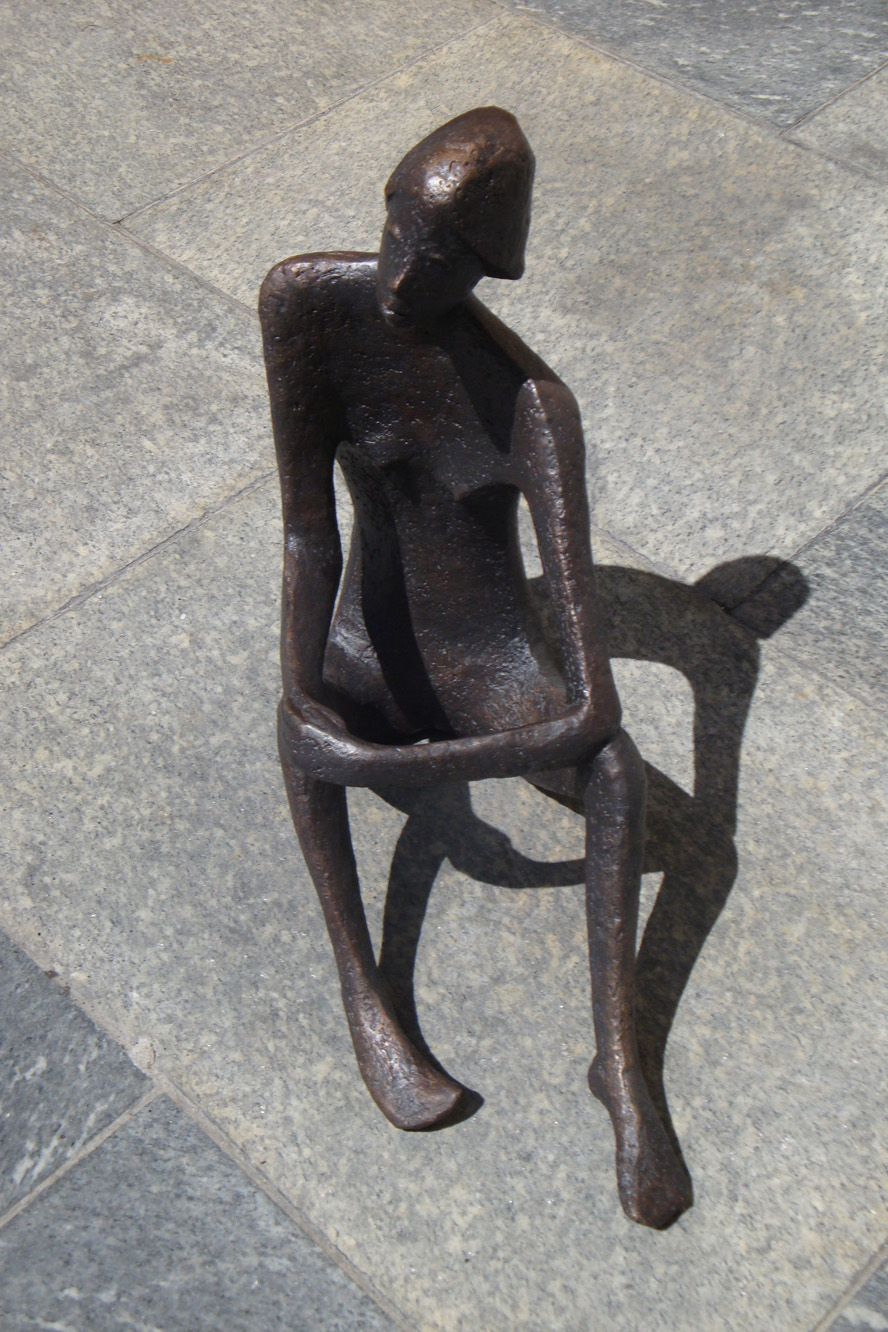 After an apprenticeship in pottery in Tournai, Belgium, and a stay in Brussels Elke Groebler studied sculpture and painting under Prof. Max Kratz at Folkwang School of Art. She furthermore studied painting under Dieter Hacker, Ben Willikens, K.G. Pfahler, Gunther Damisch and Jacobo Borges. Under Andreas von Weizsäcker, she intensively dealt with paper sculptures. Groebler has not only had her own studio since 1978, but worked as a lecturer for nude drawing. Since 1999 she has been working in one of the artist’s studios at Reismühle Gauting where she also offers workshops. Groebler has participated in numerous solo and group shows in Germany and abroad since 1979.
After an apprenticeship in pottery in Tournai, Belgium, and a stay in Brussels Elke Groebler studied sculpture and painting under Prof. Max Kratz at Folkwang School of Art. She furthermore studied painting under Dieter Hacker, Ben Willikens, K.G. Pfahler, Gunther Damisch and Jacobo Borges. Under Andreas von Weizsäcker, she intensively dealt with paper sculptures. Groebler has not only had her own studio since 1978, but worked as a lecturer for nude drawing. Since 1999 she has been working in one of the artist’s studios at Reismühle Gauting where she also offers workshops. Groebler has participated in numerous solo and group shows in Germany and abroad since 1979.
Gabi Hanner
(* 1950 in Munich)
The sculptor, painter and graphic designer lives and works in Freyung/Bavarian Forest. After studying education with a focus on art at the University Regensburg from 1971 until 1974 she began teaching. In 1991 Gabi Hanner made art her main profession having worked as a freelancer since then. From 2002 until 2005 she was an art teacher at Grammar School (“Gymnasium”) Freyung.
Gabi Hanner has had solo and group shows in Germany and abroad since 1993. Her works can be found in public collections, such as Bayerische Staatsgemäldesammlungen, in the collections of the cities of Passau, Plattling, Freyung, the district of Freyung-Grafenau, and Passauer Neue Presse.
Luis Hoeger
(* 1946 in Garmisch-Partenkirchen/Germany)
At the heart of Luis Höger’s work lies the human being, which, depicted in everyday poses, appears to be melancholic, fragile, bizarre or self-confident. Thereby, the sculptor, who – besides bronze – preferably uses wood as a material that is rich in structure, focuses on women as one of his major topics.
“Gerti”, a sitting female figure, exemplifies Luis Höger’s perfect creation of shapes. With her legs being crossed, the left arm of the sculpture is stretched backwards whereas the right arm is placed on the upper knee, reflecting the pose of a thinker. Both the body and face convey a moment of tranquillity and contemplation. The smooth looking skin visually differs from the saucy short hairstyle, the playful summer dress and the shoes, which are not only accentuated in colour, but reveal a different surface processing.
Trained as a sculptor, Luis Höger studied at the Academy of Fine Arts in Munich from 1965 to 1970. Since then, he has lived as a freelance artist in Garmisch-Partenkirchen, Bavaria. In addition to numerous exhibitions, he has realised several works in public space, e.g. in Switzerland as well as in Hamburg, Murnau and Garmisch-Partenkirchen, Germany. Luis Höger has received several prizes, such as the European Design Award for Wood Carvers (Europäischer Gestaltungspreis für Holzbildhauer) in 2013.
Fritz Klimsch
(1870 Frankfurt am Main – 1960 Freiburg, Germany)
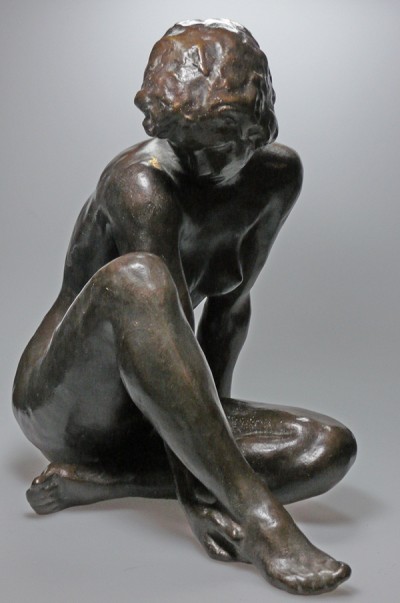 The female body cast in bronze embodies grace and beauty. Fritz Klimsch depicts the figurine in a sitting position: While the left arm of the sculpture rests next to the body, the hand of the extended right arm decoratively lies under the right leg. Both the inclined head and the arch-shaped back highlight the dynamic outline of the sculpture, enhanced by the angled left leg on the ground.
The female body cast in bronze embodies grace and beauty. Fritz Klimsch depicts the figurine in a sitting position: While the left arm of the sculpture rests next to the body, the hand of the extended right arm decoratively lies under the right leg. Both the inclined head and the arch-shaped back highlight the dynamic outline of the sculpture, enhanced by the angled left leg on the ground.
Fritz Klimsch studied at the Royal Academy of Fine Arts in Berlin under Fritz Schaper, who introduced him to the painting tradition of Schadow and Rauch. Klimsch, however, freed himself from these influences und developed his own style. Apart from numerous portraits busts and funeral art, the ideal of the female nude became his main topic. Whereas in the beginning his work was inspired by Art Nouveau, he later focused on classical forms and became best known for his depiction of female nudes. Fritz Klimsch reached his artistic zenith in the late 1930s.
Bernd Nestler
(*1960 in Regensburg)
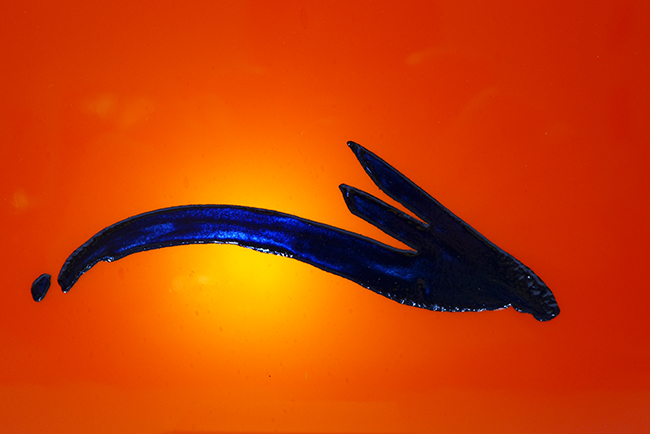 Light and color are the basic creative principles of glass artist Bernd Michael Nestler. He studied art history at the university in Regensburg and later on graphic art and painting under Professor Jürgen Reipka at the Academy of Fine Arts Munich. Nestler has developed an own formal and visual language merging figurativeness, abstraction, transparency and opacity with precise line structures and surfaces. Many of his works deal with sacral topics, such as icon painting, which he reinterprets with modern techniques. In addition, the artist focuses on profane subjects, thereby taking a wander through art history and exploring images by Dürer, Manet and others through means of glass painting. As early as the 1980s, Nestler participated in the development and production of 16 windows for the Regensburg Cathedral conducted by Josef Oberberger. Numerous public and private commissioned works and Art-in-Architecture projects followed. In 2006, the artist presented a mirror installation at the Asam Church, Munich. In 2011, he won a European competition to design a window at St. Christopher Cathedral in Roermond, Netherlands. Nestler has been collaborating with Franz Mayer of Munich Architectural Glass and Mosaic for several years.
Light and color are the basic creative principles of glass artist Bernd Michael Nestler. He studied art history at the university in Regensburg and later on graphic art and painting under Professor Jürgen Reipka at the Academy of Fine Arts Munich. Nestler has developed an own formal and visual language merging figurativeness, abstraction, transparency and opacity with precise line structures and surfaces. Many of his works deal with sacral topics, such as icon painting, which he reinterprets with modern techniques. In addition, the artist focuses on profane subjects, thereby taking a wander through art history and exploring images by Dürer, Manet and others through means of glass painting. As early as the 1980s, Nestler participated in the development and production of 16 windows for the Regensburg Cathedral conducted by Josef Oberberger. Numerous public and private commissioned works and Art-in-Architecture projects followed. In 2006, the artist presented a mirror installation at the Asam Church, Munich. In 2011, he won a European competition to design a window at St. Christopher Cathedral in Roermond, Netherlands. Nestler has been collaborating with Franz Mayer of Munich Architectural Glass and Mosaic for several years.
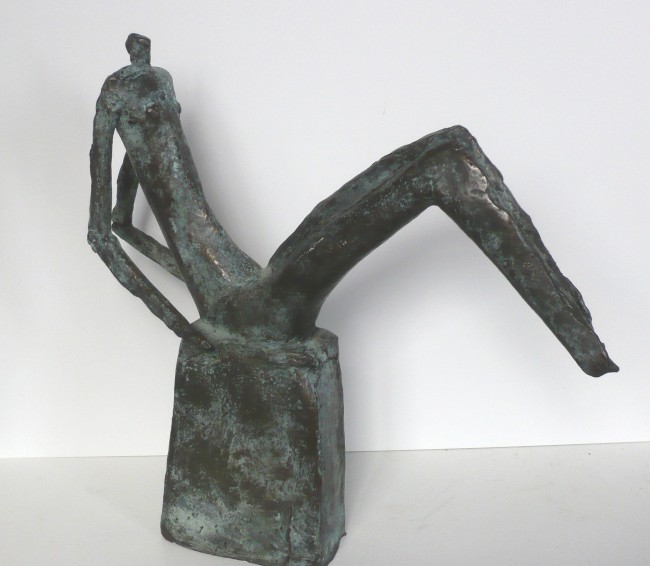
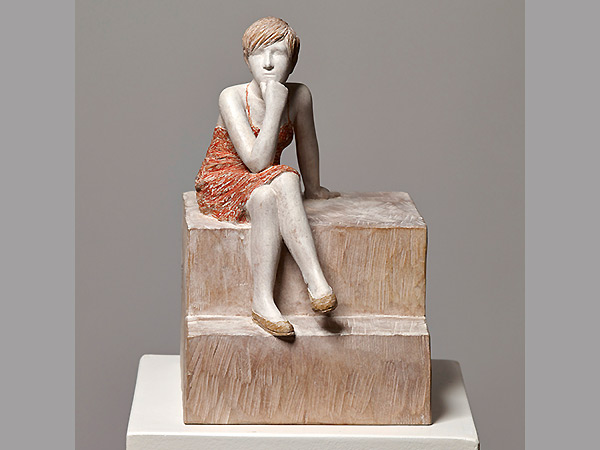
 English
English Deutsch
Deutsch Русский
Русский